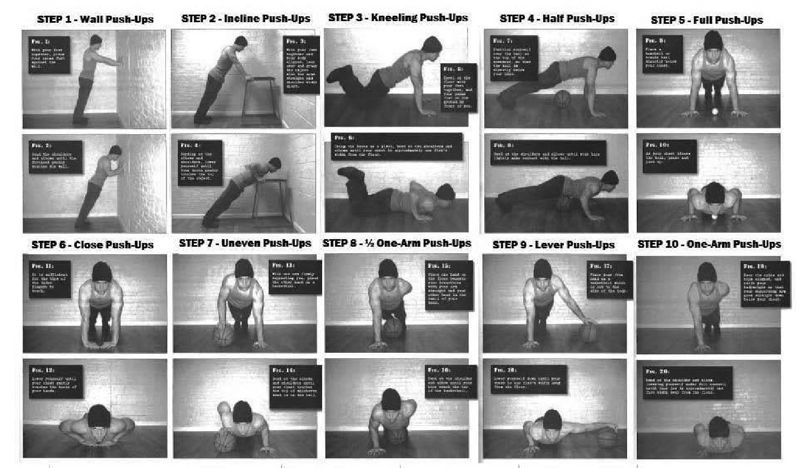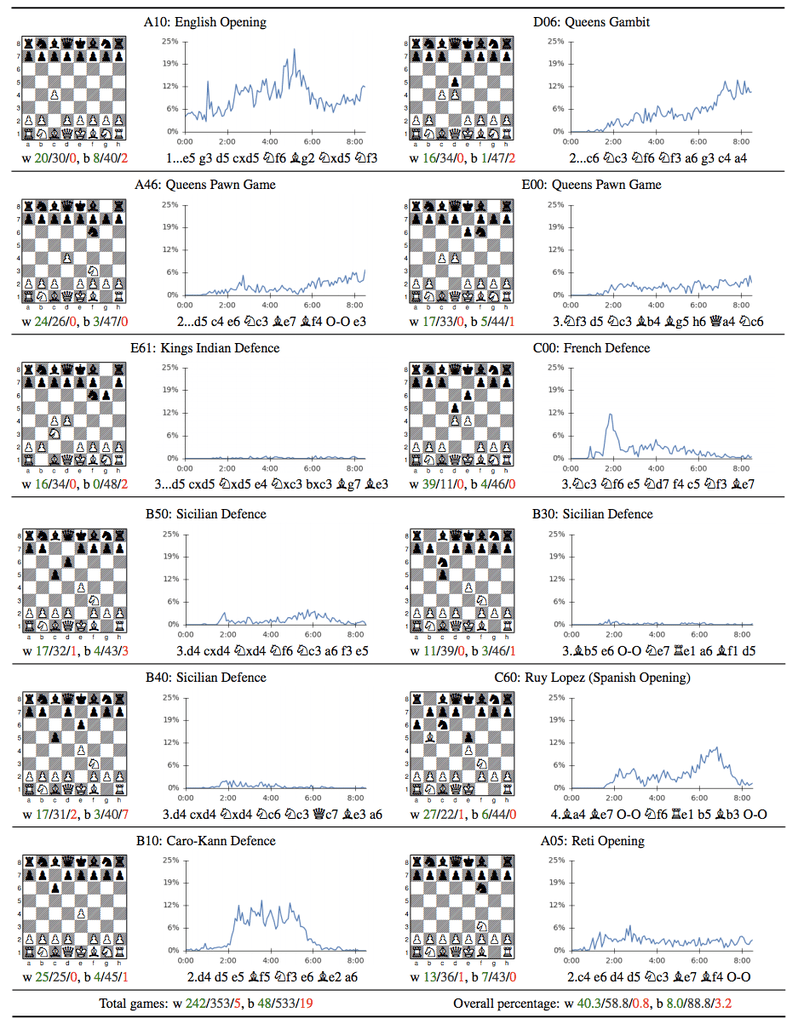Back in 2000, I entered the Computer Science undergrad program at IIT Madras thinking I was a fairly competent coder. In my high school, I had a pretty good reputation in terms of my programming skills and had built a whole bunch of games.
By the time half the course was done I had completely fallen out of love with programming, deciding a career in Computer Science was not for me. I even ignored Kama (current diro)’s advice and went on to do an MBA.
He had given me a 3 hour lecture about how I'm wasting my life when I happened to tell him that I was preparing for CAT. https://t.co/1rWG0BnymW
— Karthik S (@karthiks) April 19, 2023
What had happened? Basically it was a sudden increase in the steepness of the learning curve. Or that I’m a massive sucker for user experience, which the Computer Science program didn’t care for.
Back in school, my IDE of choice (rather the only one available) was TurboC, a DOS-based program. You would write your code, and then hit Ctrl+F9 to run the program. And it would just run. I didn’t have to deal with any technical issues. Looking back, we had built some fairly complex programs just using TurboC.
And then I went to IIT and found that there was no TurboC, no DOS. Most computers there had an ancient version of Unix (or worse, Solaris). These didn’t come with nice IDEs such as TurboC. Instead, you had to use vi (some of the computers were so old they didn’t even have vim) to write the code, and then compile it from outside.
Difficulties in coming to terms with vi meant that my speed of typing dropped. I couldn’t “code at the speed of thought” any more. This was the first give up moment.
Then, I discovered that C++ had now got this new set of “standard template libraries” (STL) with vectors and stuff. This was very alien to the way I had learnt C++ in school. Also I found that some of my classmates were very proficient with this, and I just couldn’t keep up with this. The effort seemed too much (and the general workload of the program was so high that I couldn’t get much time for “learning by myself”), so I gave up once again.
Next, I figured that a lot of my professors were suckers for graphic UIs (though they denied us good UX by denying us good computers). This, circa 2001-2, meant programming in Java and writing applets. It was a massive degree of complexity (and “boringness”) compared to the crisp C/C++ code I was used to writing. I gave up yet again.
I wasn’t done with giving up yet. Beyond all of this, there was “systems programming”. You had to write some network layers and stuff. You had to go deep into the workings of the computer system to get your code to run. This came rather intuitively to most of my engineering-minded classmates. It didn’t to me (programming in C was the “deepest” I could grok). And I gave up even more.

I did my B.Tech. project in “theoretical computer science”, managed to graduate and went on to do an MBA. Just before my MBA, I was helping my father with some work, and he figured I sucked at Excel. “What is the use of completing a B.Tech. in computer science if you can’t even do simple Excel stuff?”, he thundered.
In IIMB, all of us bought computers with pirated Windows and Office. I started using Excel. It was an absolute joy. It was a decade before I started using Apple products, but the UX of Windows was such a massive upgrade compared to what I’d seen in my more technical life.
In my first job (where I didn’t last long) I learnt the absolute joy of Visual Basic macros for Excel. This was another level of unlock. I did some insane gymnastics in that. I pissed off a lot of people in my second job by replicating what they thought was a complex model on an Excel sheet. In my third job, I replaced a guy on my team with an Excel macro. My programming mojo was back.
Goldman Sachs’s SLANG was even better. By the time I left from there, I had learnt R as well. And then I became a “data scientist”. People asked me to use Python. I struggled with it. After the user experience of R, this was too complex. This brought back bad memories of all the systems programming and dealing with bad UX I had encountered in my undergrad. This time I was in control (I was a freelancer) so I didn’t need to give up – I was able to get all my work done in R.
The second giving up
I’ve happily used R for most of my data work in the last decade. Recently at work I started using Databricks (still write my code in R there, using sparklyr), and I’m quite liking that as well. However, in the last 3-4 months there has been a lot of developments in “AI”, which I’ve wanted to explore.
The unfortunate thing is that most of this is available only in Python. And the bad UX problem is back again.
Initially I got excited, and managed to install Stable Diffusion on my personal Mac. I started writing some OpenAI code as well (largely using R). I started tracking developments in artificial intelligence, and trying some of them out.
And now, in the last 2-3 weeks, I’ve been struggling with “virtual environments”. Each newfangled open-source AI that is released comes with its own codebase and package requirements. They are all mutually incompatible. You install one package, and you break another package.
The “solution” to this, from what I could gather, is to use virtual environments – basically a sandbox for each of these things that I’ve downloaded. That, I find, is grossly inadequate. One of the points of using open source software is to experiment with connecting up two or more of them. And if each needs to be in its own sandbox, how is one supposed to do this? And how are all other data scientists and software engineers okay with this?
This whole virtual environment mess means that I’m giving up on programming once again. I won’t fully give up – I’ll continue to use R for most of my data work (including my job), but I’m on the verge of giving up in terms of these “complex AI”.
It’s the UX thing all over again. I simply can’t handle bad UX. Maybe it’s my ADHD. But when something is hard to use, I simply don’t want to use it.
And so I’m giving up once again. Tagore was right.




